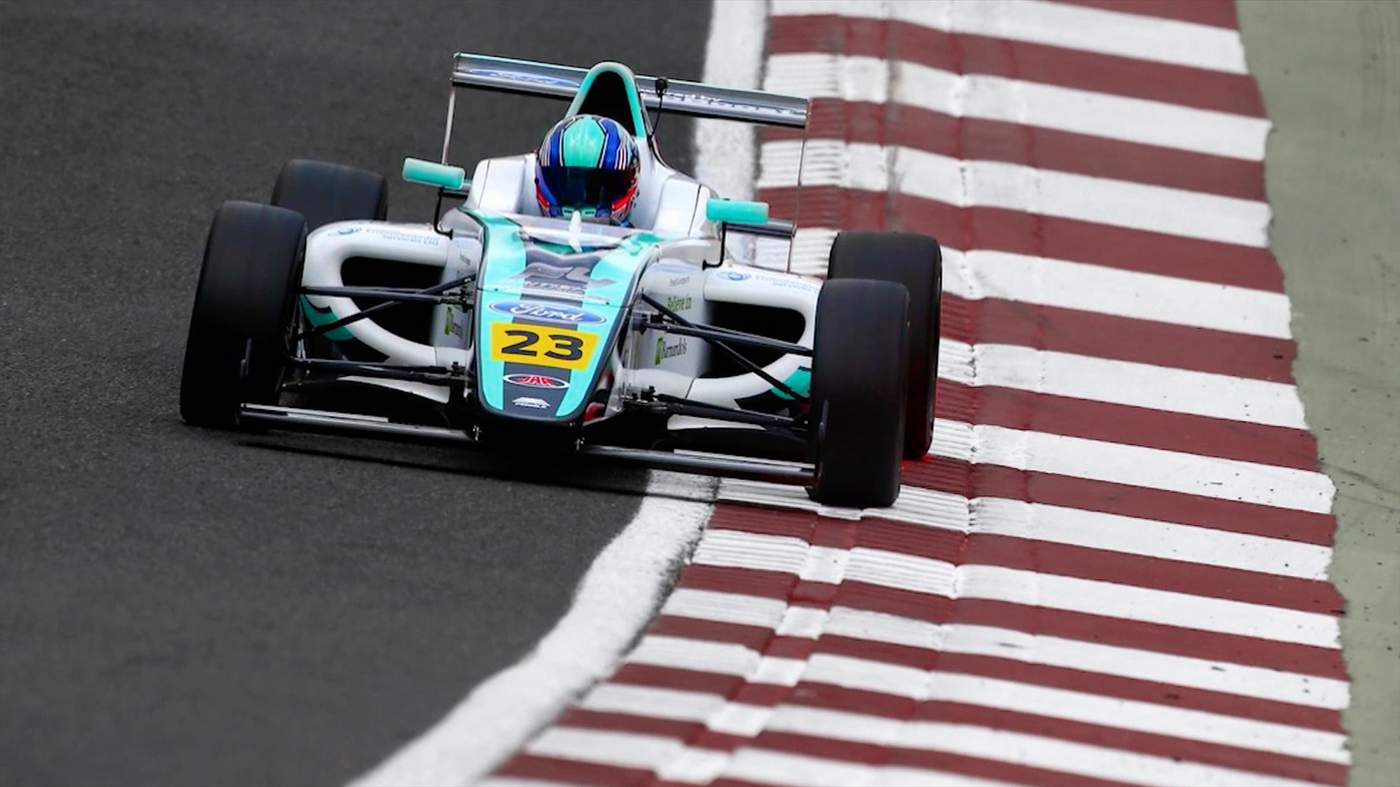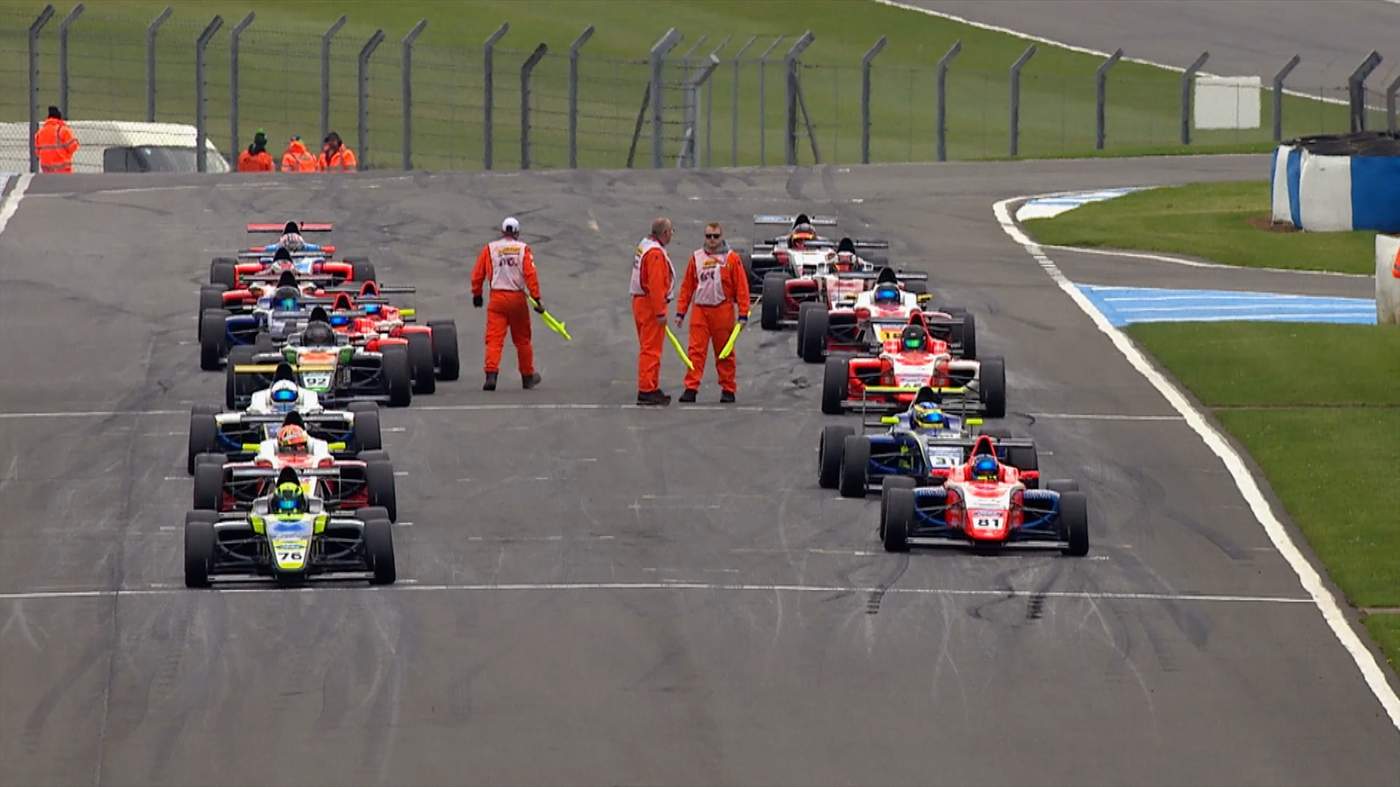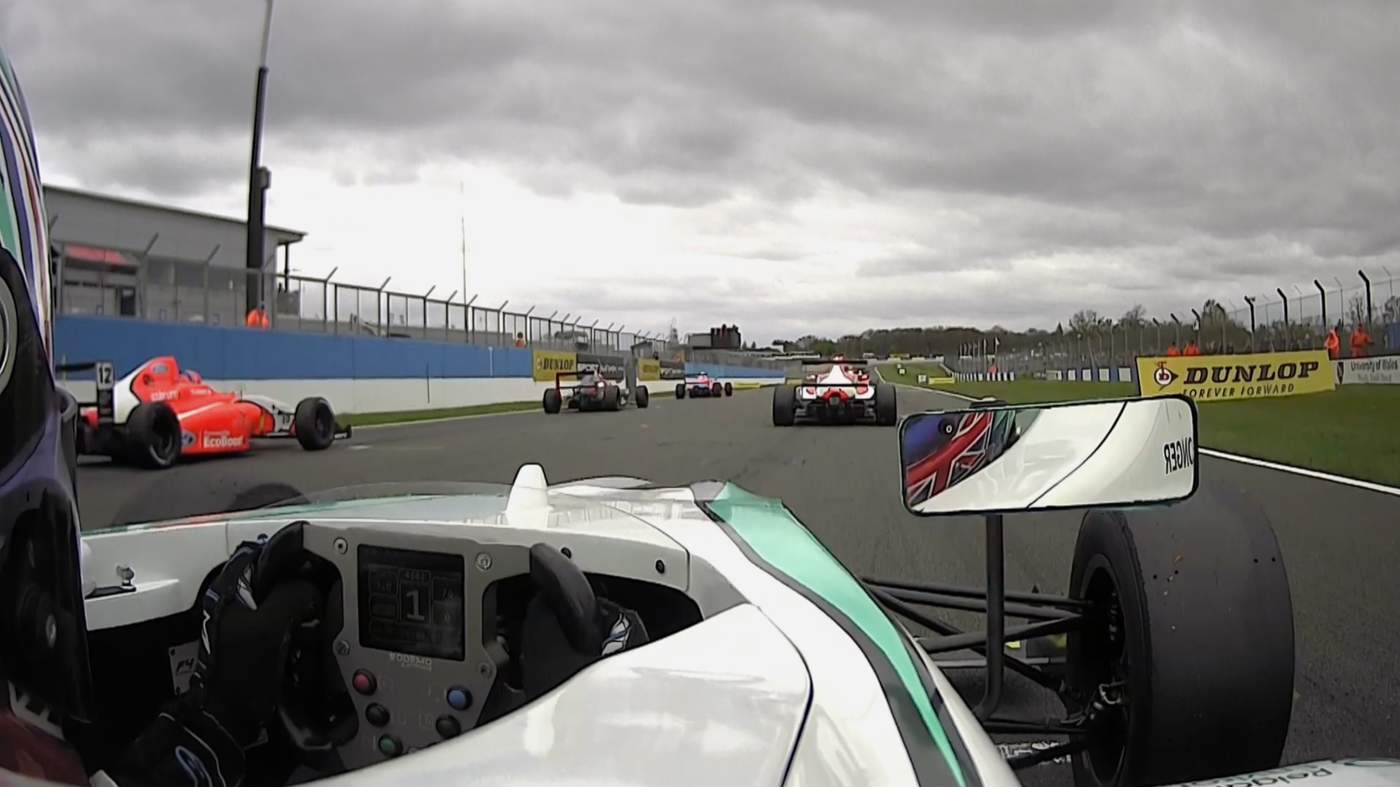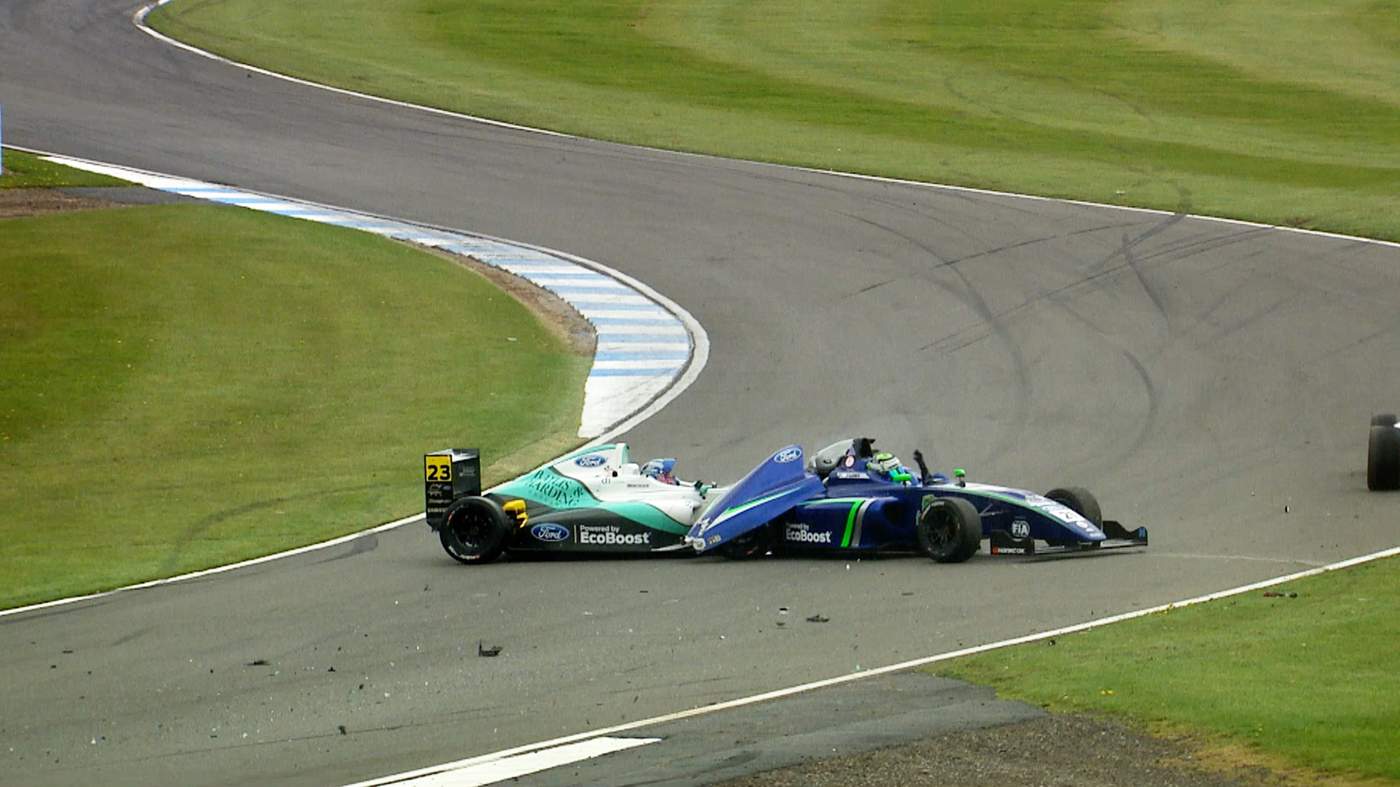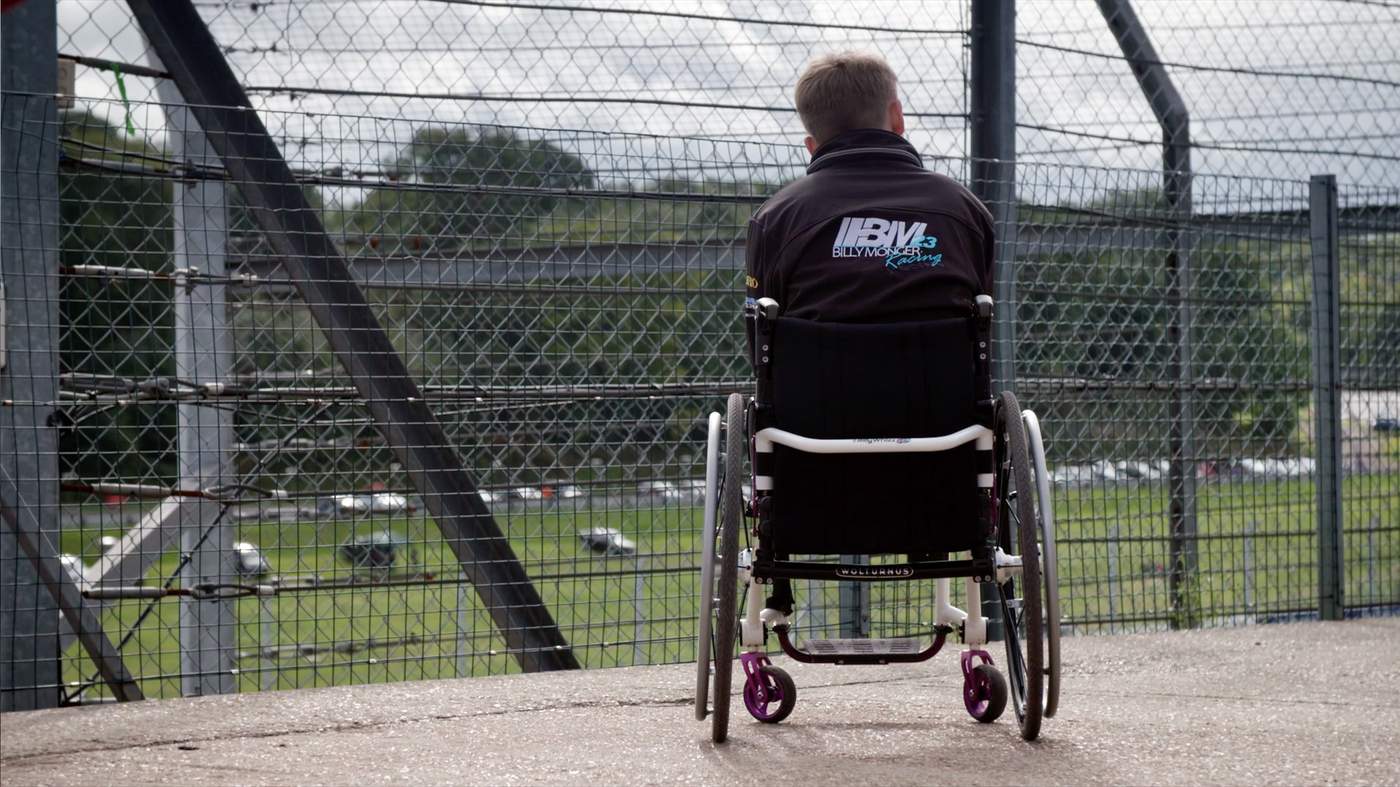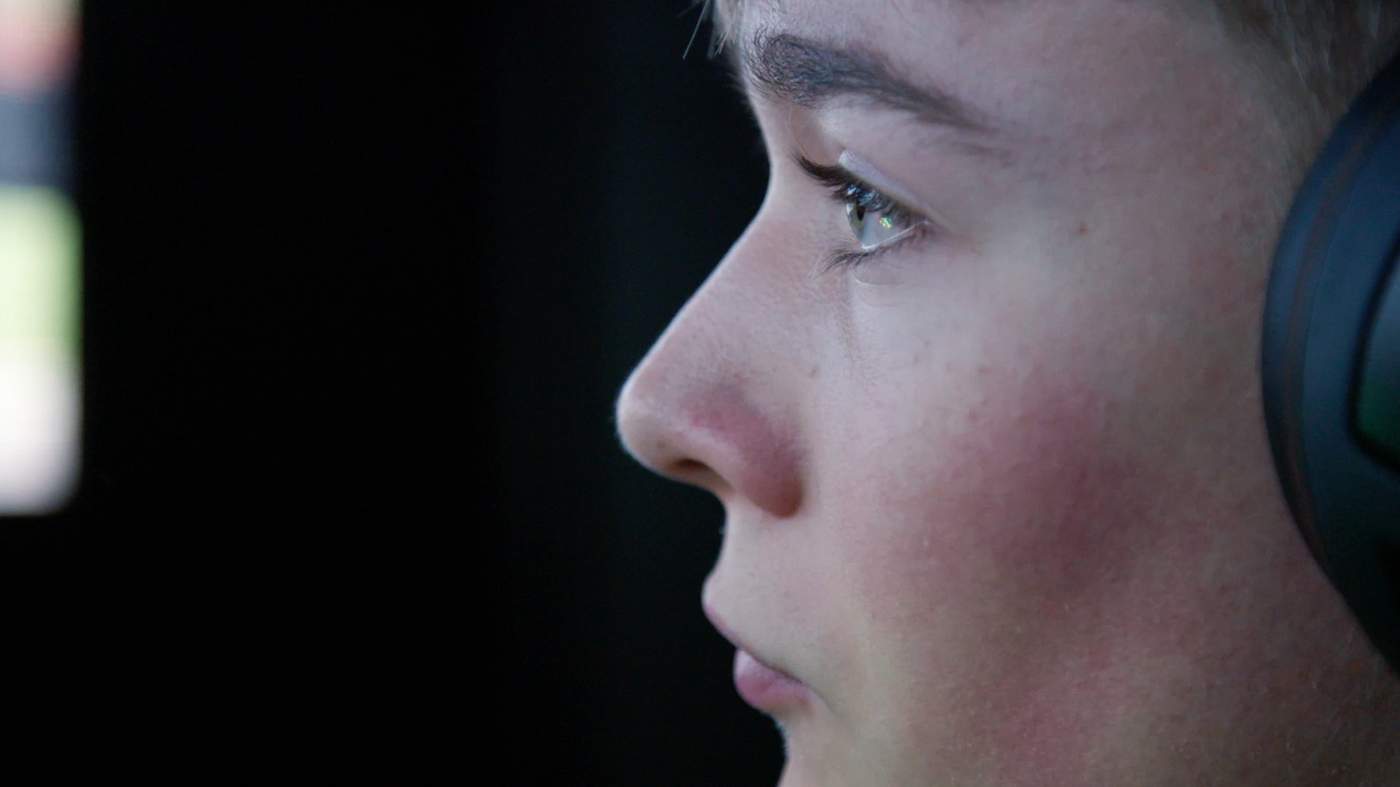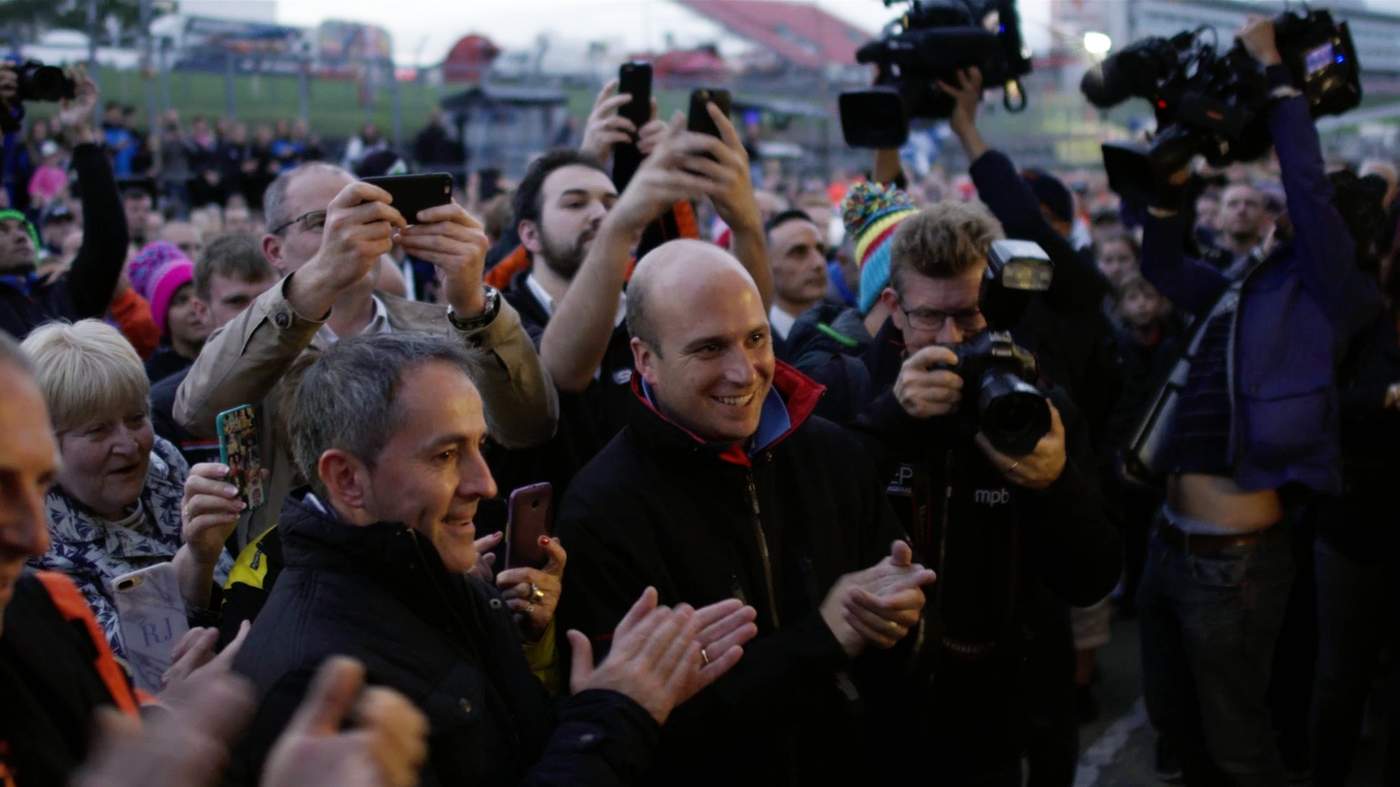
It's a grey day in April 2017. Billy Monger gets his car into action as the lights signal. He has done this countless times before. He knows that once the race is underway, there’s no time for nerves – he needs to stay sharp.
Ahead of him, toy-like racing cars career around a slick track, faster and faster until they’re reaching speeds of well over 100mph. Weaving and swerving, they battle one another for position – and Billy tries to make his way through the field.
It’s two weeks before Billy’s 18th birthday, but he's more excited about this race than impending adulthood. On the racetrack, he’s known as Billy Whizz – a young driver with bags of potential. Today, he's competing in the Formula 4 British Championship at Donington Park – one of the UK's most famous circuits. F4 is the first step for any young driver like Billy, who dreams of driving in Formula 1 – motorsport's top tier. So far, this season is going well for him. If he makes it into the top three today, he looks set to continue his progress up the motorsport ladder.
But the race is off to a chaotic start. Nineteen-year-old Jamie Caroline, Billy’s best friend, spins out early, forcing Billy to spin too, to avoid him – it puts them both in a bad position. Adrenaline and petrol mix as the racers push their cars faster and faster, banking left and right to avoid one another.
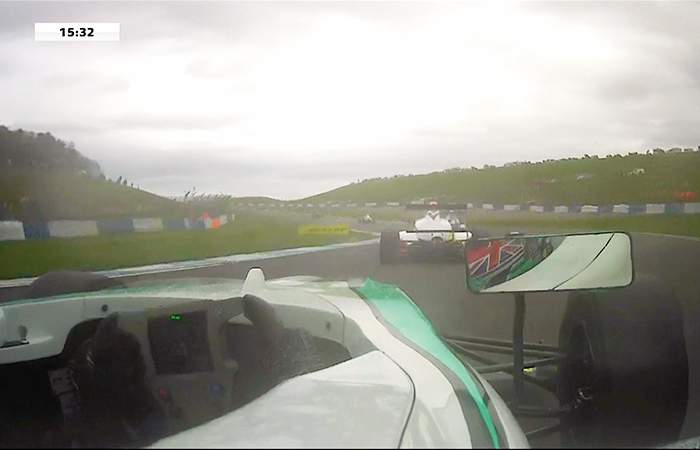
Suddenly, on a corner, two cars ahead of Billy pull out of the way, revealing a third car, stationary on the track. It’s too late; he doesn’t have time to pull out of the way. At 120mph, he collides into the back of another car.
Silence falls over the racetrack. “You know it’s bad when a racetrack goes quiet,” Jamie recalls.
Ever since he was 10 years old, Billy had wanted to race in F1 like his hero, Lewis Hamilton. Billy had poured all his energy into making that a reality but, suddenly, it seemed like his dream might be over.
Billy Monger was a gentle and smiley three-year-old the first time he sat behind the wheel of a vehicle. Rob, his dad, used to race go-karts and bought Billy his first kart because he wanted to share his passion with his young son.
“He wasn't an aggressive sort of kid, so we didn’t think racing would suit him,” Rob explains, with a wry smile. “But he suddenly decided it was the life for him and, from then on, that’s all we’ve ever done, really – apart from going to work to earn the money to go racing.”
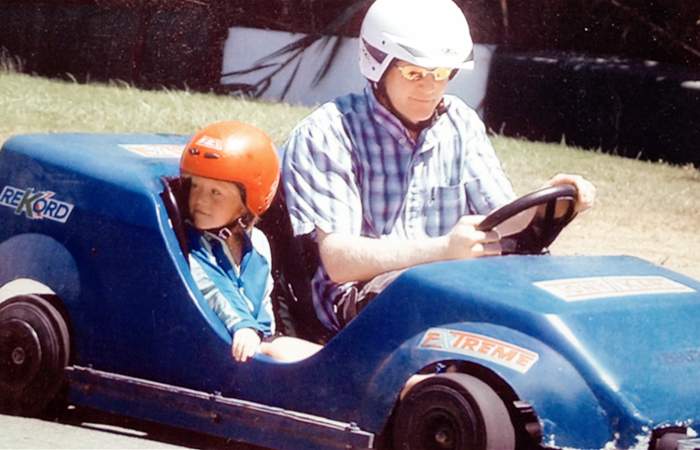
As Billy grew older, his passion turned into his primary focus. “It’s an amazing buzz,” he says. “I tried football and other sports, but it wasn’t the same. I can’t get that feeling anywhere else.”
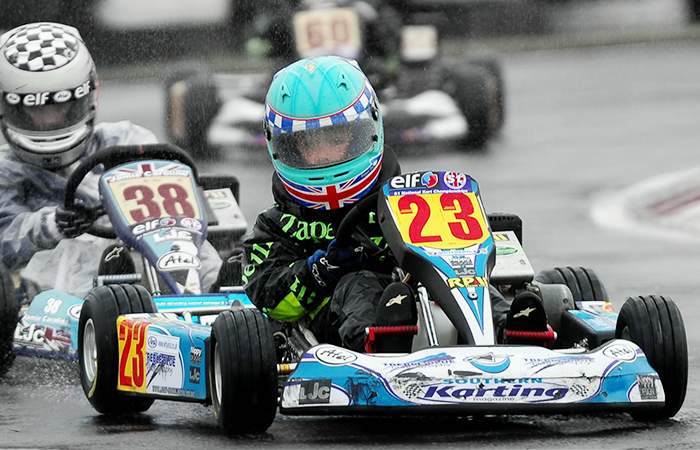
Mild-mannered and affable, with a soft voice and an open, patient way about him, Billy doesn’t immediately seem like an adrenaline junkie, but the unique cocktail of skill, speed and danger that motorsport is known for meant that, throughout his childhood and teenage years, Billy felt most alive when he was behind the wheel. “I wasn’t under an illusion that motorsport was safe – that’s part of the reason I loved it,” he says.
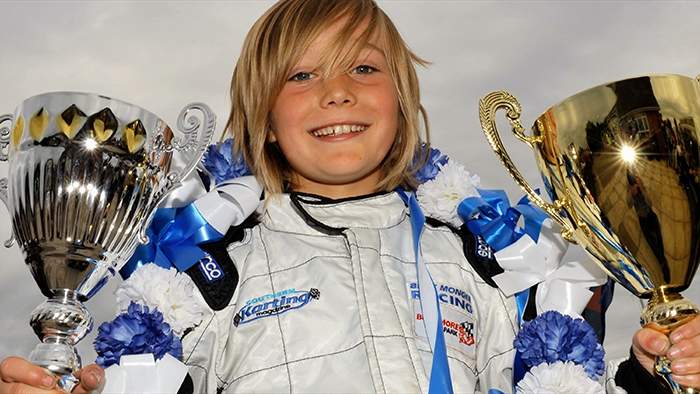
“We sign up to it and we know the dangers,” agrees Jamie. For him, Billy’s accident was a reality check. “It’s only when something actually happens that we think, 'Okay, this is real. It could happen to any one of us'.”
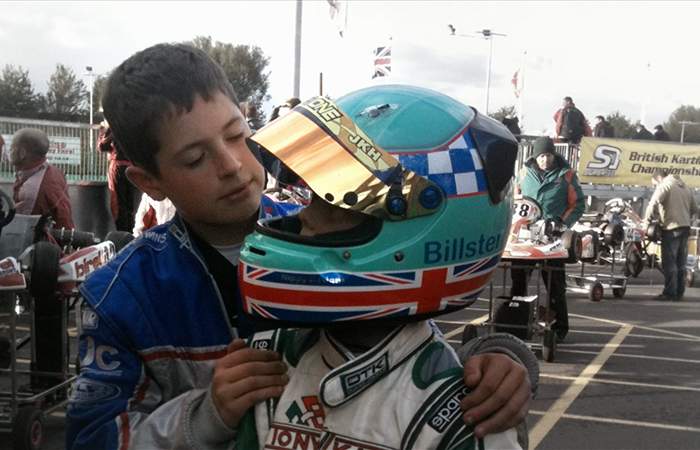
Jamie Caroline (left) and Billy (right) have been racing against each other since they were kids
As soon as the crash happened, the emergency crew flew into action. The medics told Billy’s family that it would be a good idea if one of them went to the track to help keep Billy calm. Amanda, Billy's mum, was very upset, so Rob stayed to comfort his wife, while their daughter, Bonny, rushed to her older brother’s side.
As she caught sight of her brother, who was still conscious, Bonny became steely.
You’re all right Bill,” she told him, clutching his hand. “Don’t worry, you’re all right”
As she explains: “He was talking and it was nice to be there, just so that he had someone. Everyone was freaking out. The worst thing I could have done was go over in a panic, because that would’ve made him panic.”
“I’ve been told since by doctors that my daughter helped save Billy’s life by keeping him calm,” Rob says, proudly.
It’s a sentiment echoed by Billy himself, who considers Bonny the true hero of his personal tragedy. “She gave me the will to keep fighting.”
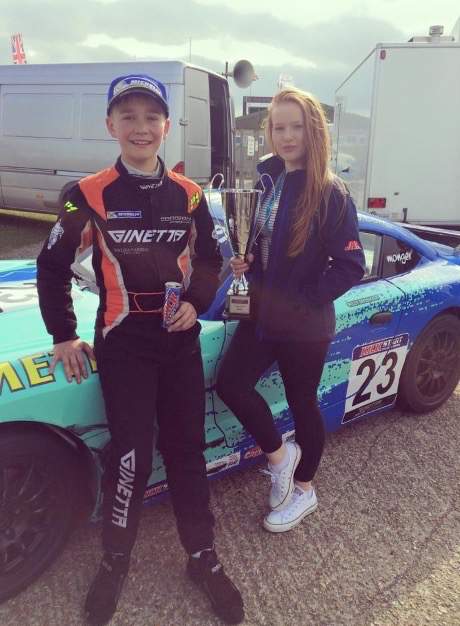
When, three days later, Billy awoke, his surgeon, Dr Tony Westbrook, broke the news that he’d lost both his legs. The way Dr Westbrook tells it, it was as if Billy was actually the one who comforted him at that moment. “I remember him gripping my hand, as much as to say, ‘It’s okay’,” he says.
Billy’s other doctor, Colonel Tom Rowlands, says that he never saw Billy be anything other than his positive, smiley self during his two-week hospital stay: “I find it improbable, but it’s a fact,” he says.
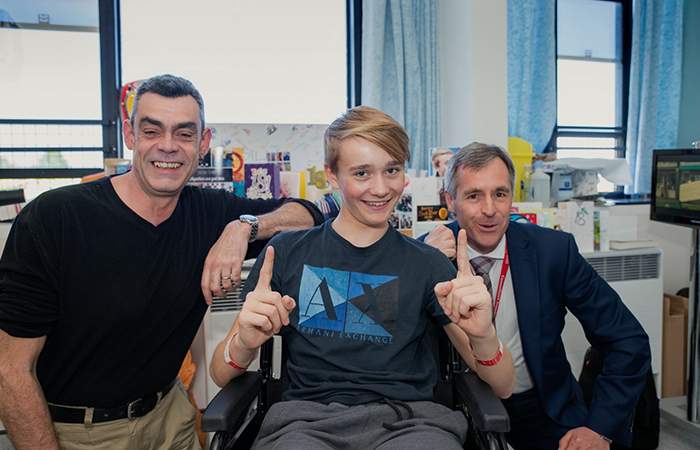
Billy with Colonel Tom Rowlands (left) and Dr Tony Westbrook (right)
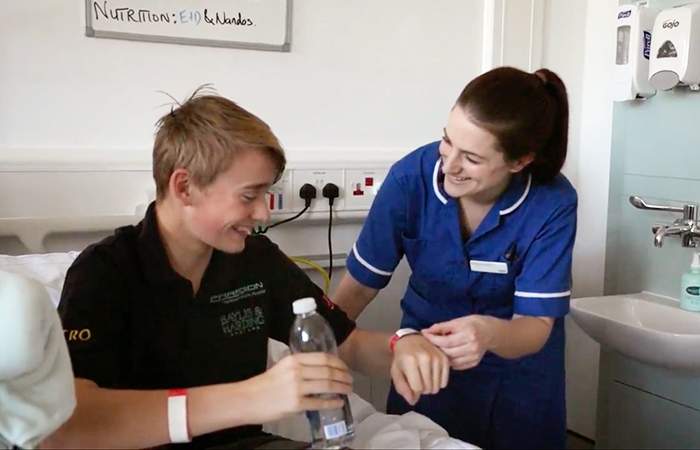
Billy sharing a joke with one of the nurses
The crash had a huge impact on the family. Amanda knew she had to stay strong for her son: “The doctors looked me in the eye and said, ‘How he reacts to this depends on what he sees from you',” she says. “So I thought, 'I have to be strong, then.' That’s what you do – you’re a mum.”
“I couldn’t go in the ward to see him at first,” Rob says. “I couldn’t pluck up the courage. I’d probably say that was the hardest thing I’ve ever had to cope with.” At first, Rob blamed himself for Billy’s injuries – having introduced him to racing at a young age. But, now he accepts that his son wouldn’t have been racing if he hadn’t wanted to himself.
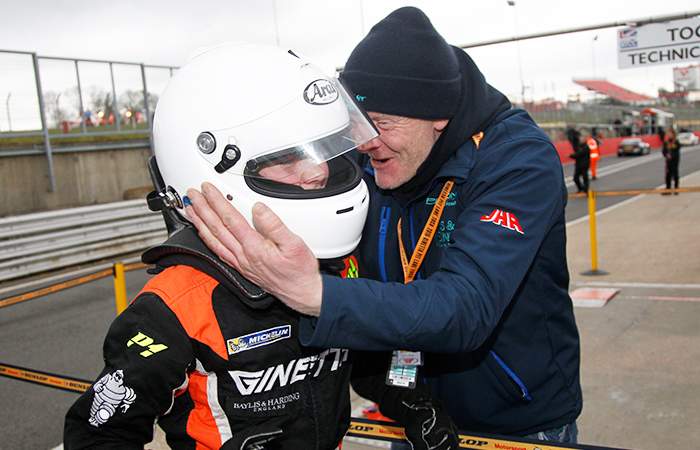
Rob Monger has always championed his son's achievements
For Jamie, after the initial shock wore off, he was just determined to be there as much as possible for his best friend. “I said to myself, ‘Listen, it’s going to be no different – you just need to go see him and it’ll be like it was before’,” he recalls.
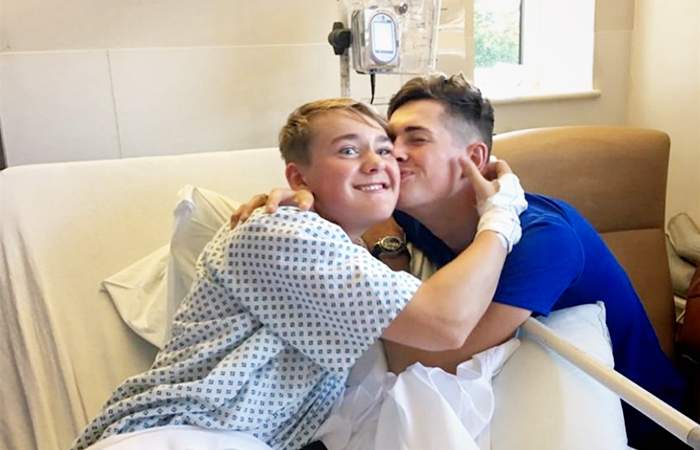
Billy was philosophical from the start. “The way I see it, I had a three-day snooze, and woke up and my injuries were the way they were. Obviously, you’d expect that if you wake up and your legs aren’t there anymore, you go into a mass panic, but it wasn’t like that for me.”
Instead, he thought of just one thing: racing. “If anyone had said that I couldn’t race again, that’s when I'd have panicked,” he says. “Don’t get me wrong, people were sceptical…”
“People ask me if I have flashbacks,” says Billy. “But I don’t. I don’t think about the accident itself that much. It was the little things about how the accident affected my day-to-day life that really got to me at the beginning.”
After a fortnight in hospital, Billy was able to go home. But adapting to his new life in a wheelchair proved to be a challenge. “I’d lost some of my independence – especially in those first weeks,” he says. But Billy’s family were supportive, making his home more accessible by adding ramps and moving his bedroom downstairs.
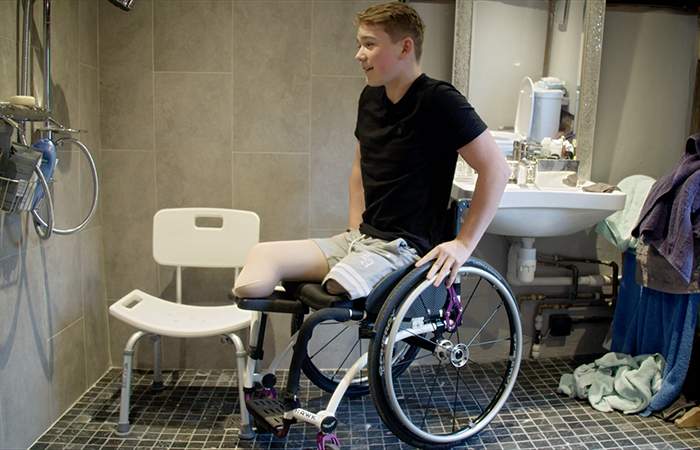
Billy's family also made the downstairs bathroom more accessible
Jamie kept Billy company a lot in those early days. “I’d take him out or we’d play Fifa; just keep him active,” Jamie says. Billy’s friends rallied round and helped him belatedly celebrate his landmark birthday. “I spent my 18th birthday in hospital, which was a bit of a shame,” Billy says. “But we tried to make up for it by going down to the local pub when I got out. I bought my first round – it was for 18 people. It cost me a fortune!”
“Billy’s just a normal teenager who likes to go out clubbing with his mates,” his mum explains. “He'd come home [after a night out] and his mates would joke about him falling out of his chair on the dance floor, messing about."
Despite his positivity, the one place Billy felt really frustrated was trackside, watching other young drivers race. “I hated being a spectator,” Billy says. “It wasn’t like I didn’t respect those guys, but I felt so helpless on the sidelines, knowing there was nothing I could do to get back out there and beat them.”

Whatever happened, Billy knew he’d have to return to driving. “Being in a race car is probably where I feel my most comfortable,” he says.
Just three months after his accident, Billy got his first opportunity to get back behind the wheel, driving a specially adapted Fun Cup car (which is a bit like a Volkswagen Beetle) at the racing circuit at Brands Hatch.
Amanda watched with some anxiety as her son skidded and drifted around in a specially adapted car with charity Mission Motorsport - Billy, of course, beaming. “He thinks it’s hilarious to see me scared,” she says. “But it’s his passion. I couldn’t stand in his way even if I wanted to.”
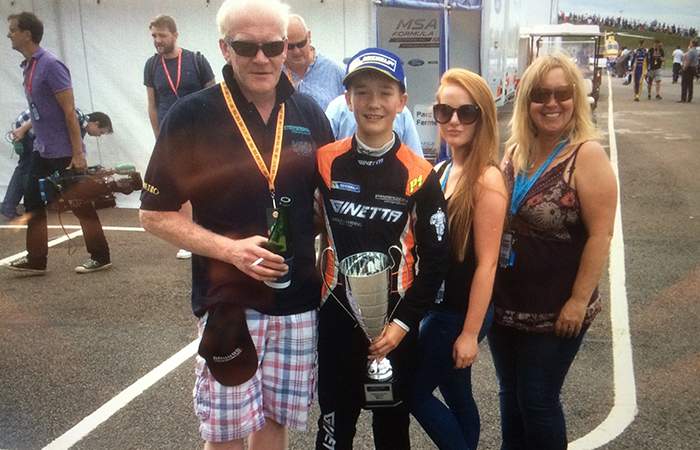
Billy's mum Amanda (right) knew her son would be desperate to race again
It wasn’t the kind of racing that Billy was used to, but it was an opportunity to feel some of the old buzz again.
“He knew he’d go back into motorsport, but I think until racing in the Fun Cup, he wasn’t sure he’d go back to single-seat,” says Rob. For a start, it wasn’t clear at that point whether motorsport regulations would even allow him to drive single-seat cars, like those used in F1, again. No disabled driver had ever raced a single-seat car professionally before.
The guidance from the Federation Internationale de l’Automobile (FIA) – the international governing body for motorsport – restricted disabled racers from competing in single-seat cars on the grounds of safety.
Nathalie McGloin, head of the FIA’s newly formed Disability and Accessibility Commission, explained that Billy’s licence to race had to be reinstated by the Motor Sport Association.
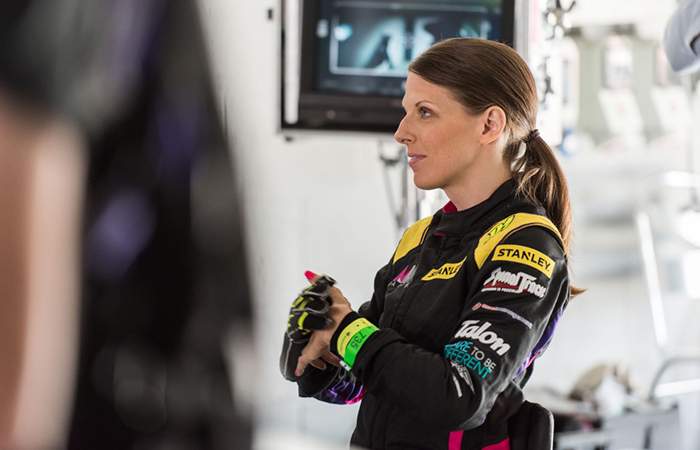
Nathalie McGloin, head of the FIA’s newly formed Disability and Accessibility Commission
Either way, that first time back in the driving seat had given Billy a glimmer of hope – maybe, just maybe, he could learn to drive a racing car with only his hands. He decided to appeal to the FIA to have the regulations modified. He knew that their decision might take months, or even years, to materialise. But he was prepared to wait.
In the meantime, to help his friend get back behind the wheel and test whether he could potentially drive a car using only his hands, Jamie took Billy to the headquarters of Carlin Motorsport in Surrey. They are one of the largest racing car teams outside Formula 1. Every year they enter a certain number of drivers in different championships to represent them and drive their cars.
Jamie was already racing with them, and it was one of their cars, driven by Patrik Pasma, that Billy had crashed into on that fateful day at Donington Park.
Jamie initially took Billy there to help get him out of the house. But when he arrived there, the team invited him to try out their driving simulator.

“I started off without doing any gears, just throttle and brake, just getting the feel of driving a car using my hands,” says Billy.
Trevor Carlin, owner of Carlin Motorsport, noticed that Billy adapted quickly to this new style of driving. “With a racing driver, if they can drive a simulator, it normally translates to working in a car,” he explains.
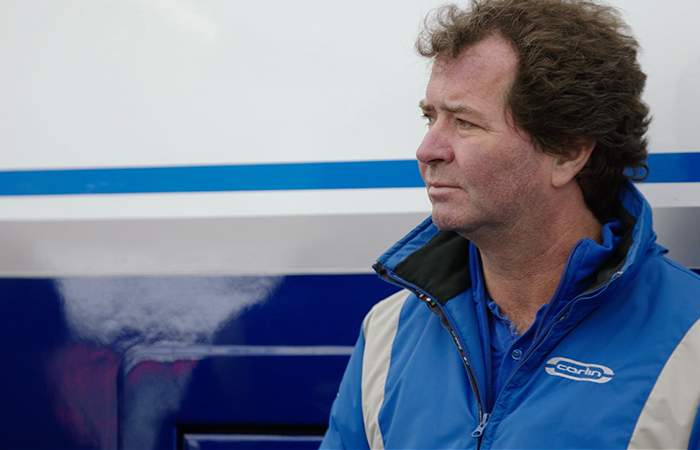
Trevor Carlin
Billy returned to the motorsport team's headquarters again and again, losing himself in the simulator and getting ever more adept at driving with his hands. “We’ve got this leaderboard,” continues Trevor. “A bit like a Top Gear leaderboard, and in a matter of weeks, Billy was in third place, out of 25 drivers. It was staggering. I’ve never known anything like it.”
In late November, after Billy had proved his skill on the simulator, the idea was formed to build Billy a modified car. Engineers were confident that they could build Billy hand-controls that would allow him to drive one of their cars competitively.
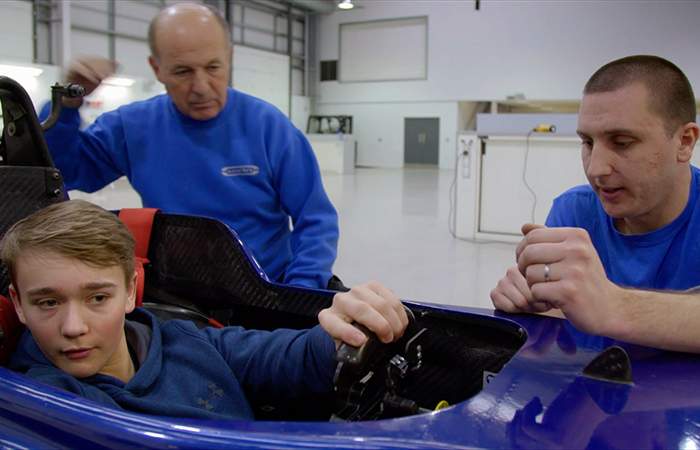
And with the design for this groundbreaking car underway, the only thing holding Billy back was the FIA’s ruling.
It was December 2017 before Billy and his family were summoned to the Paris headquarters of the FIA to hear his fate.
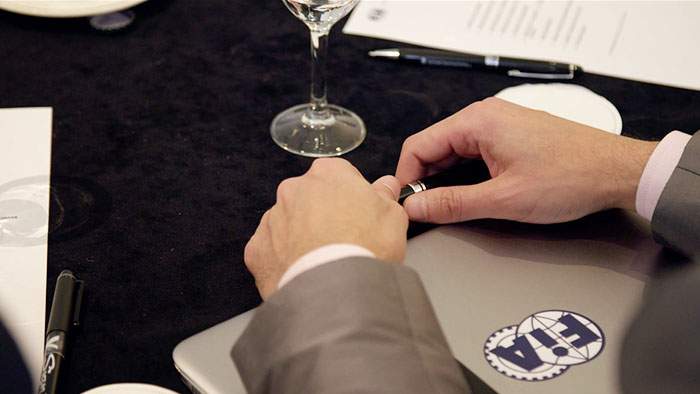
On the journey to Paris, Billy was nervous. He knew the odds of the sport's governing body saying yes were 50/50, at most. At that point, no disabled driver had ever driven a single-seater before. It was totally possible that they could turn around and say it wasn’t achievable, crushing Billy's hopes.
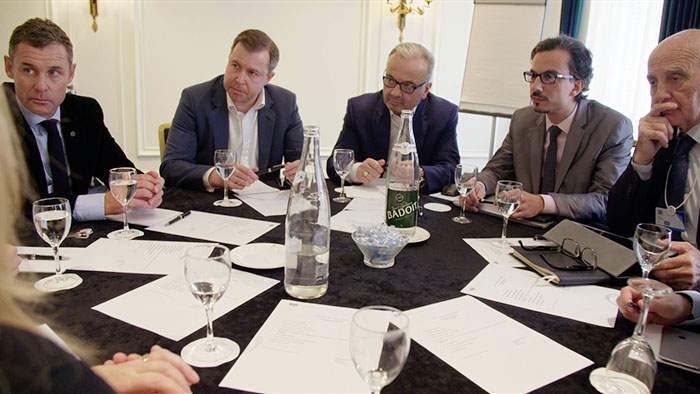
When Billy finally went to to meet the FIA, it was good news. They had ruled in his favour. The previous ban on disabled drivers obtaining a licence to drive single-seater cars had been lifted, providing that the car had been suitably modified and that drivers could pass all safety checks. The final barrier to Billy getting back on the racetrack was gone.
Nathalie explained that the FIA had begun to look into this rule before Billy’s accident.
In March 2018, Carlin was cleared to race an extra car in the Formula 3 championship driven by Billy Monger. The rules state that teams can run only three cars each, but an exception was made for Billy’s case.
Group operations manager Giles Butterfield from MotorSport Vision - Europe’s largest motor racing circuit operator - who run Formula 3, said at the time: "The rules are three drivers per team but the Billy Monger situation is utterly exceptional in our opinion. We’re very keen to help his rehabilitation.”
Sam Waple, a Carlin team manager, explains a little about the modifications that allowed Billy to be able to drive.
“We moved the brake pedal up towards him in the chassis and mounted it further up than normal, so that he could use it with what’s left of his right leg,” he says. This was the biggest adaptation for Billy to get used to.
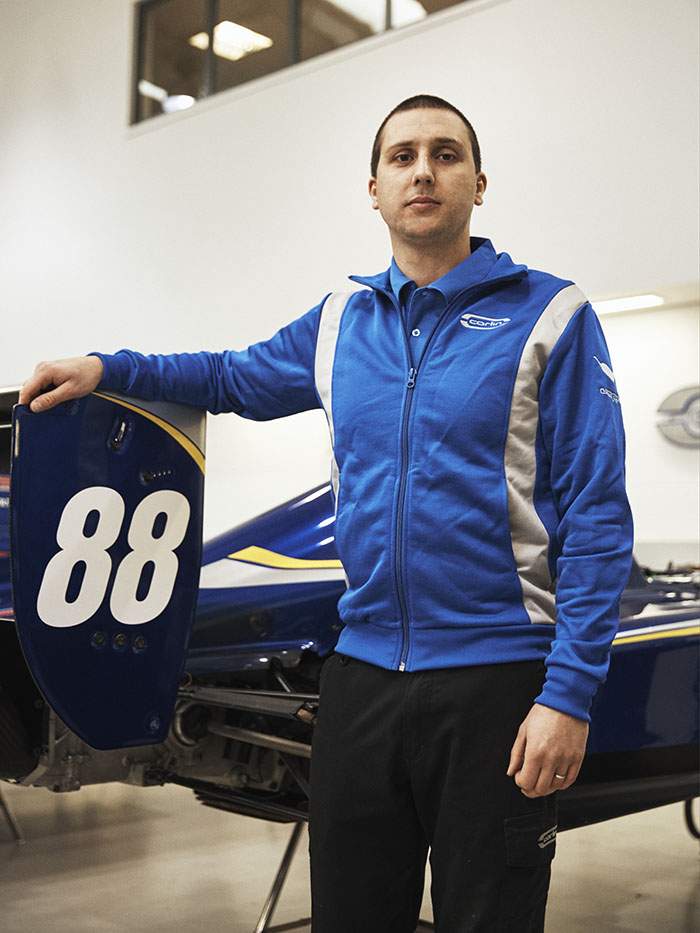
Sam Waple worked on the modifications to Billy's car
Beyond that, the throttle became a lever on the left-hand side of the steering wheel. “Both up and down gears are on the right-hand side," says Sam. "He’s got a clutch lever on his right, which is only used for pulling away.”
The first rounds of the season took place at the end of March this year and Billy was in the team. Like every other driver, Billy had to get through qualifying rounds to be able to compete in the main event.
Just before Billy’s first race back, Lewis Hamilton came to visit him. He hugged Billy, who was trying his best to play it cool, and congratulated him on racing again, less than a year after his life-changing accident.
“I’m so proud of what you’ve done. Not many people would have the mental capacity to go through what you’ve been through,” the F1 superstar told Billy, who still finds it strange and amazing to have met his childhood hero.
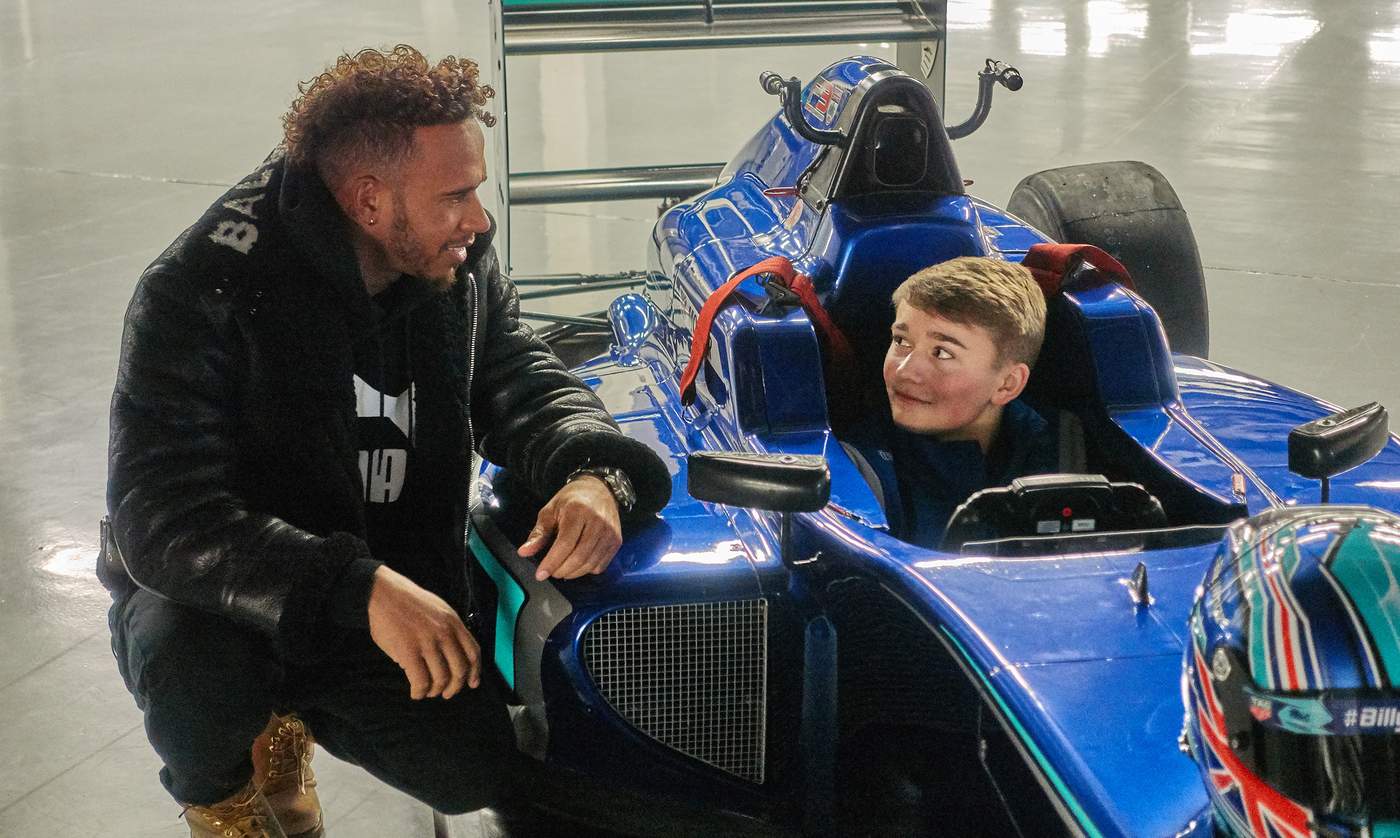
After that, Lewis invited Billy to watch him race in the British Grand Prix at Silverstone and even dedicated a race to him. “He was my idol from when I was eight, so to have the opportunity to meet him several times in the past few years is an experience I won’t forget,” says Billy.
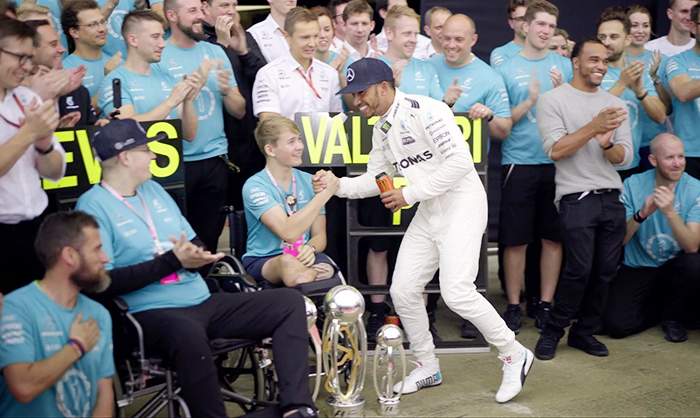
Billy celebrating with Lewis Hamilton at Silverstone
“All I’ve wanted since the accident is to be just another person on the grid again,” he says. But when asked whether he was scared to drive at such a high speed again for the first time, for a brief moment, his typical calm almost, almost eluded him.
“A little bit, yeah.”
Using the modified car felt familiar, but different. “It’s a weird one,” he explains. “For 10 years, I’ve been driving so comfortably at these speeds. The scary thing for me at first was that I’d never driven a car in this way before. It’s one of the fastest cars I’ve ever driven, but I’m almost starting from square one.”
The car that Billy was driving in that first post-crash race had more power and speed than anything he had ever driven before.
His mother didn’t watch the race. She explained that she just couldn’t. “I went back to the camper van, put the music on and pretended it wasn’t happening,” she says.
As the cars started to rev their engines, Billy was starting from fifth place, while his dad and sister watched nervously from the sidelines.
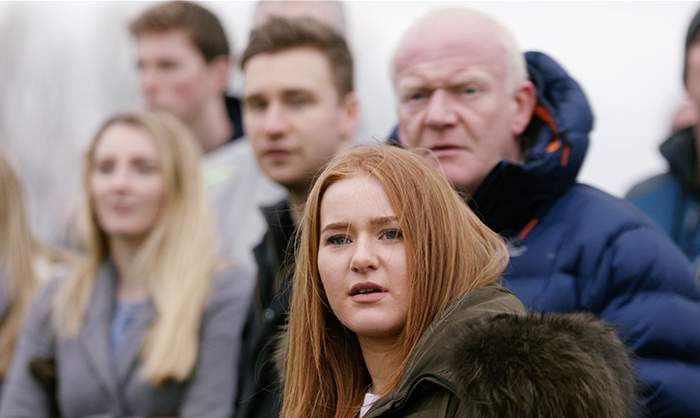
In a tight start, Billy took third place early and battled to hold on to it.
“Come on Bill, come on,” his dad shouted from the side of the track.
Billy finished in third place on his return to racing, a huge achievement considering he’d also moved up a level from F4 to F3.
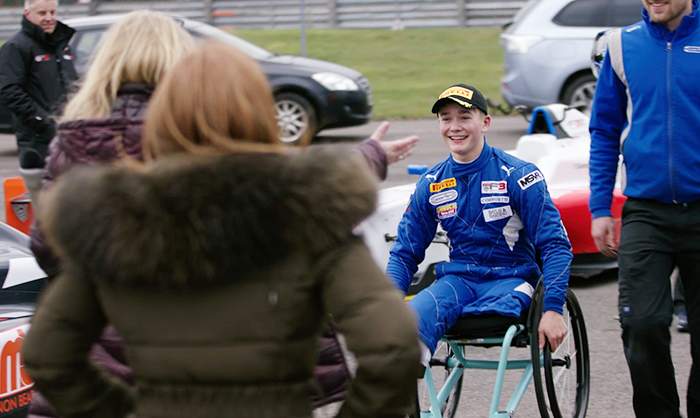
Billy's mum rushes to congratulate her son after the race
His dad looked relieved, Amanda cried as she hugged him. Billy was happy but still his down-to-earth self. “If you had told me that I’d have been on the podium in the first race of the year, I’d probably have said you were lying to me.
To get out there and prove I’m competitive is more than I could have ever have asked for”
In September 2018, almost a year and a half after the crash that could have killed him, Billy returned to Donington Park, the same track where his accident happened.
In qualifying, his lap times were good enough to put him in 'pole position' at the head of the pack. Billy scored two pole positions and got a podium in the last race.
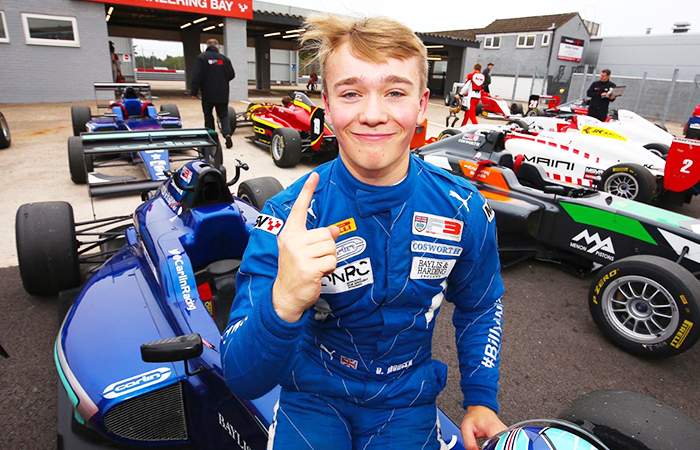
After the race, Billy said: “To come back here, with the meaning this circuit has to me, and get pole is an awesome way for me to start the weekend.
“The £150 pole prize might go on some booze, so I can make the boys drink out of my prosthetic leg.”
Billy is still adjusting to his newfound fame. There have been some perks. When we meet, he’s wearing a pair of Yeezys on his prosthetics – Lewis Hamilton recommended them. “If Lewis Hamilton tells you you’ve got to get them, you can’t argue with that.”
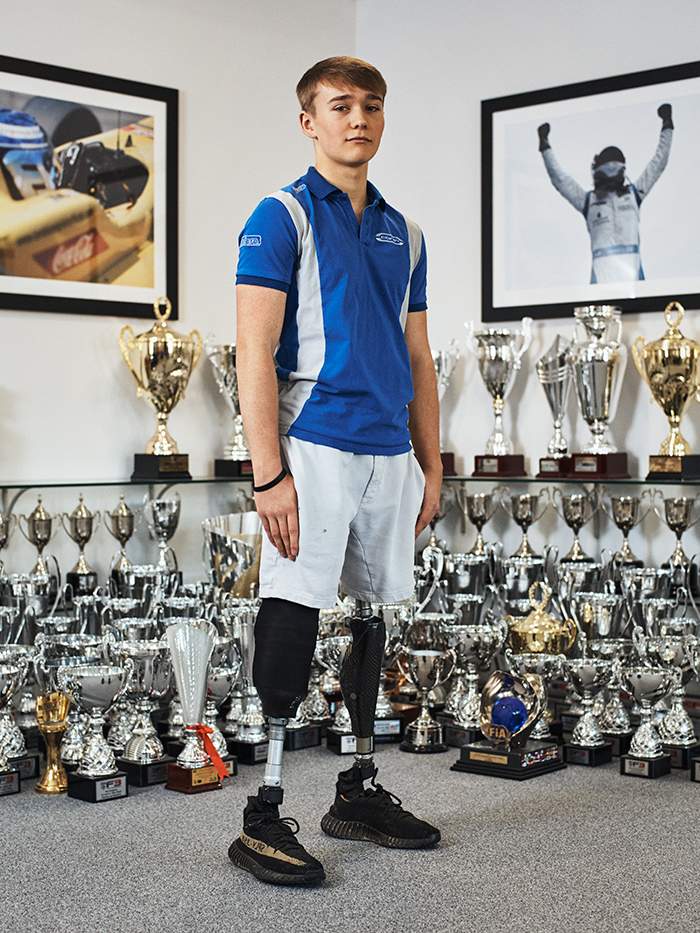
Everyone, it seems, knows Billy’s story. While he was still in hospital, once the severity of his injuries became clear, Steven Hunter, head of Billy’s then racing team JHR Developments, set up a crowdfunding appeal to help Billy “return to a full and active life”. That appeal was set up on 19 April 2017, with an initial target of £260,000. Within two days, it had raised over £600,000.
“When I woke up and saw how much money had been raised, I couldn’t believe it. It was weird,” Billy says, looking slightly awkward.
The racing community lined up to help, with stars like Formula 1 champions Jenson Button and Max Verstappen making donations. Since his accident, Billy has found himself transformed from just another driver on the rise, to a symbol of triumph over adversity.
But the hero label is not one that sits comfortably with him. He often feels overwhelmed by the attention he receives. Ultimately, Billy wants to be known as a racing driver and “not the guy who drives with no legs”.
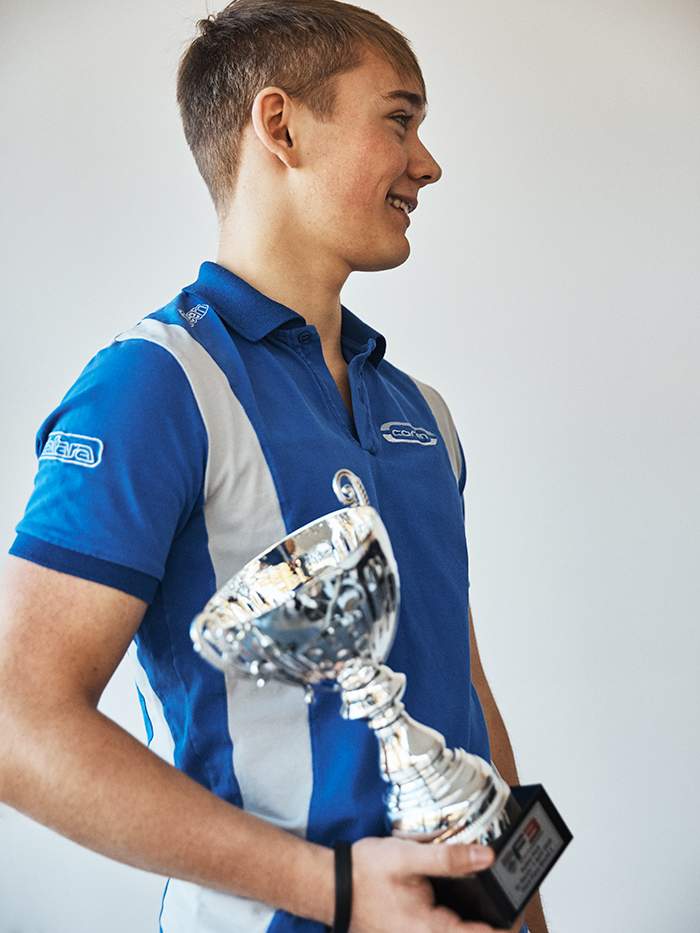
Billy with his third place trophy from his first race back
“Before the accident, I was desperate to get my name out there. Now, everyone knows who I am, but in my head, it’s not for the right reasons," he says.
He's conflicted because, in some ways, Billy knows he needs the spotlight now more than ever. Racing is a sport where participation relies on being able to promote yourself and generate funds. Entering competitions can cost thousands of pounds and, as you get closer to Formula 1, millions even.
Some drivers are able to fund themselves privately. Others may be paid for by a sponsor. The team decided to pay for Billy’s season earlier this year, which is unheard of, because they felt he "deserved a chance".
For Billy’s family, they now have to also add in the cost of his prosthetics.
“People might think I’d want my old life and legs back, which I do, in some circumstances. But overall, it has given me the chance to do things and meet people that I wouldn’t have even dreamed about before.
Hopefully, one day I can become the first disabled driver to race in Formula 1”
Does he have other ambitions, beyond motorsport? The answer is, currently, no. He’s still only 19, after all - a fact it’s easy to forget when you consider how much he’s already achieved. But whereas, before the crash, his focus was firmly on trophies and points, these days he takes a slightly more philosophical approach to success.
“The main thing I’ve realised is how quickly your life can be taken away,” he says. “So, I want to make sure I live my life, doing the things that make me happy without thinking about it all too much.”
Driven: The Billy Monger Story will be available on BBC Three iPlayer on November 18

